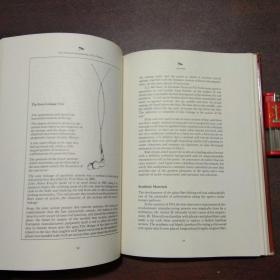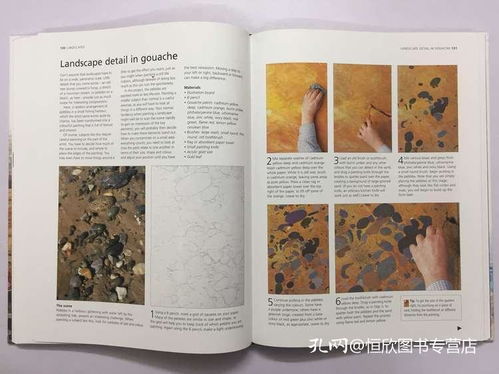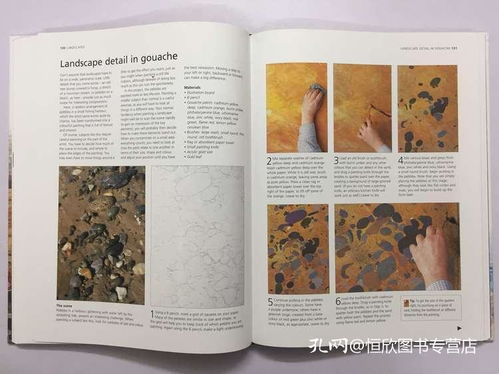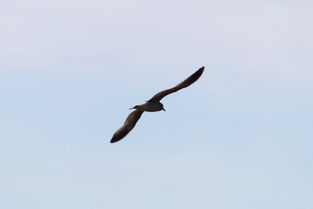Introduction: Fly fishing is an art form that requires patience, precision, and a deep understanding of the water and its inhabitants. One of the fundamental aspects of fly fishing is the proper tying of the fly line to your float, or fly rod. This article will delve into the intricacies of this process, offering a step-by-step guide to help you master the technique of tying your fly line to your float.
Section 1: Understanding the Equipment Before we dive into the technique, it's essential to understand the equipment involved. Here's a brief overview:
- Fly line: The line that is designed to cast a fly rod and carry the fly out to the fish.
- Float (fly rod): The device that floats on the water's surface and is used to detect the bite of a fish.
- Leader: The thin line that connects the fly line to the fly.
- Fly: The artificial insect or bait that is cast and intended to imitate the natural prey of the fish.
Section 2: Preparing Your Materials To tie your fly line to your float, you'll need the following materials:

- Fly line
- Float
- Leader
- Fishing knot materials (such as a loop or a surgeon's knot)
- Scissors
- Fishing line cutter
Section 3: The Surgeon's Knot The surgeon's knot is a versatile and strong knot that is commonly used to attach the fly line to the float. Here's how to tie it:
- Lay the fly line on a flat surface with the tag end extending to one side.
- Take the tag end and loop it back through the fly line, creating a loop in the tag end.
- Thread the tag end through the loop created in step 2, from the inside out.
- Repeat step 3 to create a second loop.
- Cross the second loop over the first loop, creating a second crossing point.
- Pull both loops tight to form a knot.
- Trim the excess tag end, leaving about 1/4 inch of material.
- Moisten the knot and pull it tight.
Section 4: The Loop Knot The loop knot is another popular choice for attaching the fly line to the float. It creates a strong, durable loop that is easy to cast. Here's how to tie it:
- Make a simple overhand knot with the tag end of the fly line.
- Pass the tag end through the loop of the knot you just made.
- Pull the tag end tight to form a loop.
- Moisten the knot and pull it tight.
Section 5: Attaching the Leader Once the fly line is securely tied to the float, you'll need to attach the leader. This can be done using a surgeon's knot or a loop-to-loop connection:
- Using a surgeon's knot: Tie the leader to the end of the fly line using the same technique as before.
- Loop-to-loop connection: Make a loop in the end of the leader and in the tag end of the fly line. Slide the loops over each other and tighten.
Section 6: Final Adjustments After you've tied the fly line to the float and attached the leader, make the following final adjustments:
- Check the tension: Ensure that the knot is tight but not too tight, as this can hinder your casting.
- Trim excess line: Cut off any excess line, leaving about 1/4 inch of material.
- Test the connection: Give the line a gentle pull to ensure that it is secure.
Conclusion: Tying your fly line to your float is a critical step in the fly fishing process. By mastering the technique of the surgeon's knot or the loop knot, you can ensure a strong and reliable connection between your fly line and your float. Practice these steps and you'll be well on your way to enjoying a successful fly fishing experience. Happy fishing!












